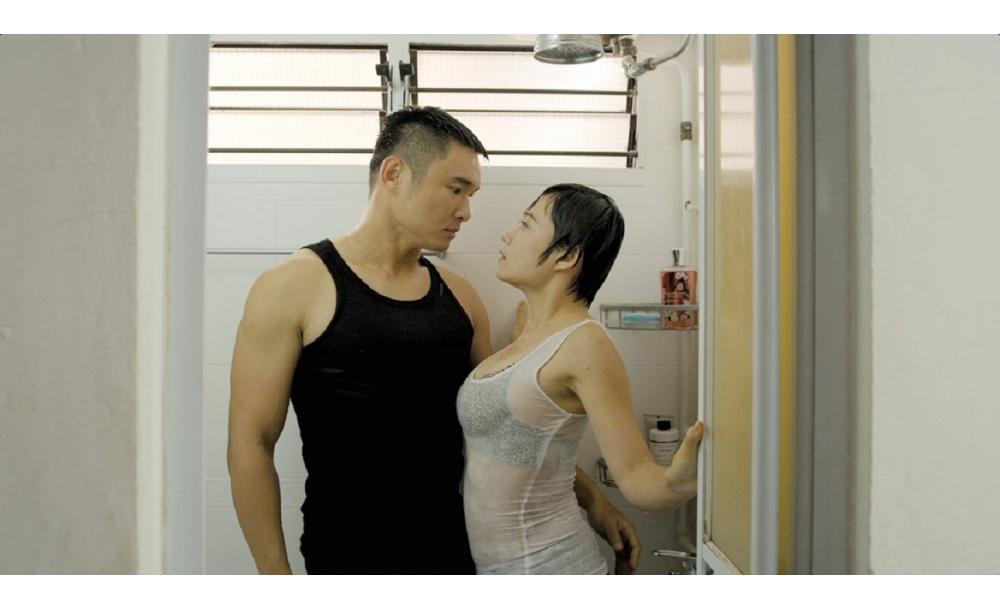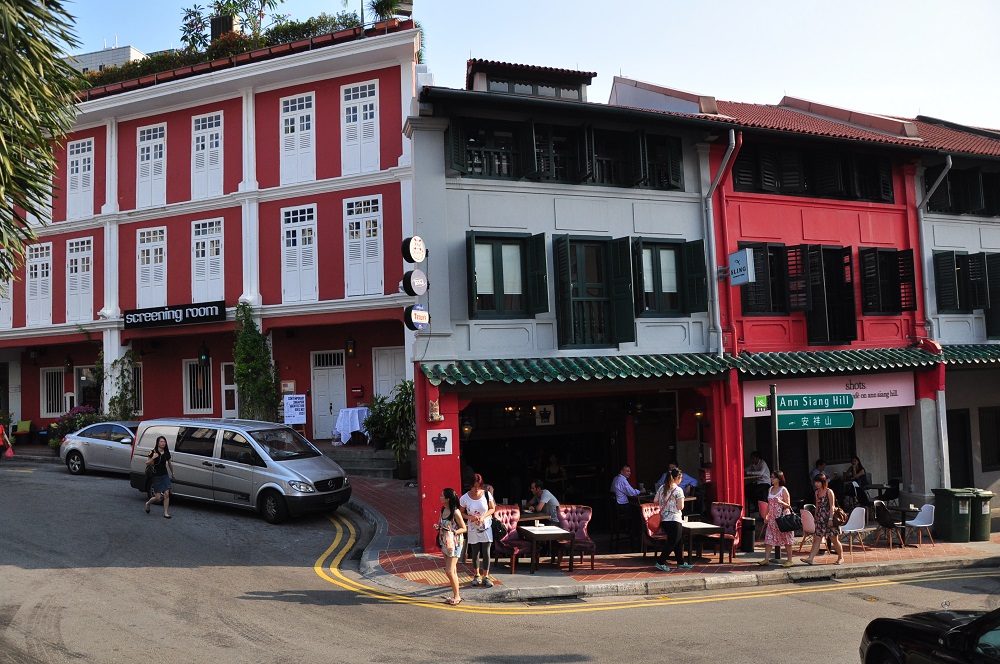When it comes to vying for a slice of the retail pie, you know how it goes: one day you’re in, the next day you’re out. Amid dismal reports on Singapore’s struggling retail scene, where vacated or empty store units plague some mall landlords in Orchard Road, there seem to be a proliferation of independent and cult boutiques like OCD Empire and Goodluck Bunch opening around town. We speak to some industry insiders on how to run a small business here, what these indie stores are doing right, and how they hold up against bigger retailers/brand distributors here.
1. Understand that you don’t always need a shop
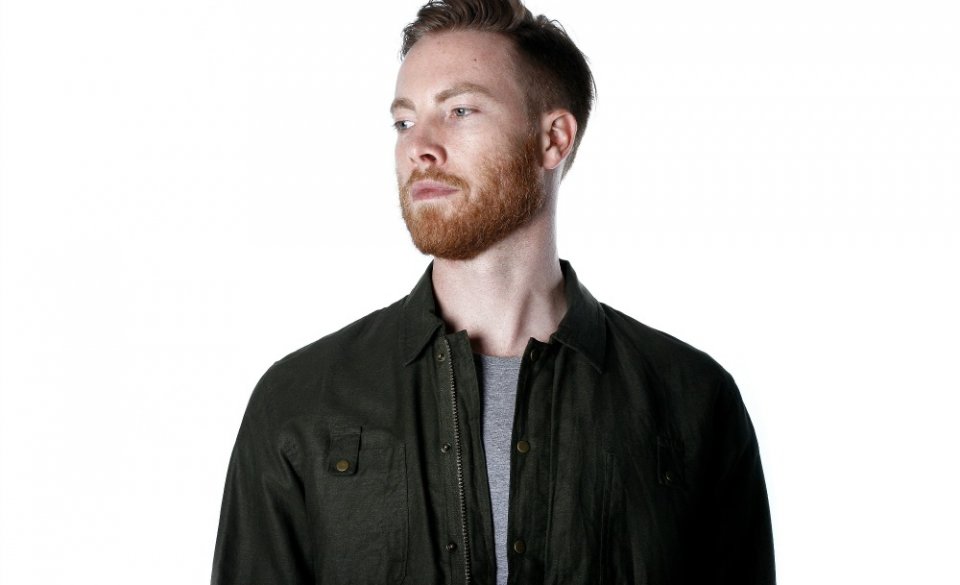 Sifr
Sifr
This may sound like a no brainer, but every aspiring boutique-owner should know that running a shop in an oversaturated retail market like Singapore is no cakewalk. With examples such as Supermama and Naiise launching multiple outlets here, it might look like the scene is ripe for independent businesses in Singapore. “I believe a lot of [indie stores] haven’t been in retail long enough to understand how uncertain it is to run a shop. It’s hard to plan ahead and figure out a sound strategy to expand the business,” says Suraj Melwani, owner-designer of menswear label Sifr. “Understand what the objective is. If it’s making money, there are easier ways to do that. If you want to showcase a product before launching it to the world, open a retail platform and highlight your product in a curated manner.”
“One of the challenges many brick-and-mortar retail stores here face is that we have a small population in Singapore and are heavily dependent on tourist traffic,” adds Alwyn Chong, co-founder of & Co. and managing director at Luxasia. “Couple that with the cost of operations, which makes it difficult for independent businesses taking on a less is more approach to enjoy the economies of mass production.”
If it’s such a challenge operating a physical shop, why then, are e-commerce retailers like Naiise setting up permanent stores? “A physical store gives us valuable insight into how to connect with our customers, gain information on which products move, and provide integrated customer services such as self-collection for online orders,” says its founder, Dennis Tay.
2. Make friends with your landlord
Never underestimate a good location and more crucially, establishing a good relationship with your landlord. According to Scene Shang’s Pamela Ting and Jessica Wong, a local online furniture brand that launched a flagship boutique at Haji Lane recently, “The combination of finding a good location as well as a supportive landlord who sees beyond the monetary value of the space is key.” Suraj Melwani echoed their sentiment. “I have actually been on both sides. I was a tenant in my own shophouse in 2007 in Haji Lane and now I’m a landlord. Finding a good tenant-landlord relationship—if you can—is the most important thing.” Fashion designer Max Tan, who closed his standalone boutique at Capitol Piazza earlier this year, says, “The only way that retail can be revived [here] is by collaborative efforts between the retailer, landlords and government in bringing innovation to the scene by focusing on long term differentiation.” [Ed’s Note: Capitol Piazza did not respond during press time]
3. Mean business
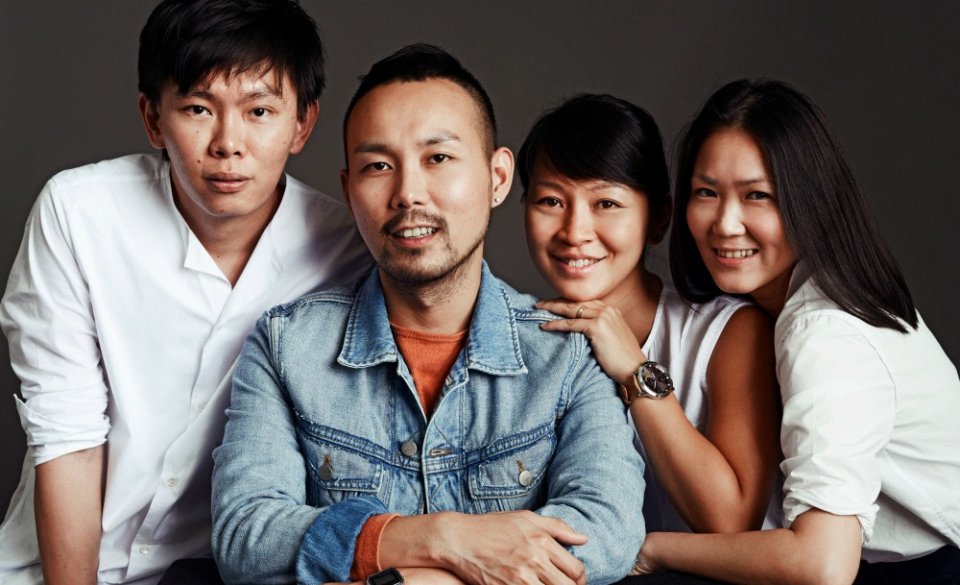 In Good Company team
In Good Company team
Strip away the glamor of owning a hip indie store, and it’s still all about strategy, dollars and sense. Veteran retail consultant David Wang, who is also the vice president of education and training at the Textile and Fashion Federation, sums it up in a sentence: “Analyze and pinpoint your strengths in the label and merchandise selection.” Homegrown womenswear label In Good Company, which made the transition from selling original designs on an e-commerce platform to opening a brick-and-mortar collaborative store at premier mall Ion Orchard within a span of nearly three years, seems to have it down pat. Says its managing director of marketing and sales Jaclyn Teo, “Know how to read your numbers, and focus and set priorities for your business goals. These can’t be taken lightly and it can’t be something that’s intangible either. Targets and short-term goals are the base—jumping stones to a company progressing and achieving its long-term goals.”
4. Overcome fast fashion with a personal touch
Larger chain stores have the advantage of generating higher footfall as they usually stock a wider and fast-changing variety of merchandise, and multiple outlets in a single precinct means a broader presence. But with samey offerings mushrooming all around comes consumer fatigue—overall retail sales was reported to have fallen 3.2% in February this year. The reason behind this phenomenon, according to David Wang, is how consumers here shop. “They want their clothes cheap and fast. The masstige brands feed this desire so it’s a vicious cycle of more of these brands opening here and feeding that craze. Meanwhile, this wipes away indie stores and local designers, as price points [at these boutiques] are higher and new stocks do not hit stores as aggressively.” So how do smaller boutiques break out of this David-and-Goliath situation? “They need to offer things the masstige brands cannot, such as a personalized service that translates beyond the sales floor, customization options and fashion advice/styling services.” says David. The Scene Shang team agrees: “Engage people through activities that add value, such as workshops and exhibitions, to create interest in your store and products.”
5. Have a good product. Duh.
You might be tempted to open a store selling what you think you’ll buy, but every savvy business-owner knows that’s a rookie mistake. Jaclyn Teo shares some sage advice: “When we first started In Good Company, we knew we had to focus on our customers, on what they really wanted. So we eschewed traditional fashion business models—we didn’t want to offer trendy items; it was silly to put out seasonal collections when we lived in [a tropical country like] Singapore. So we stuck to what we heard our customers wanted—well-made, affordable wardrobe essentials with a twist. We are quite serious about knowing our customers, and that forms our product.”
6. Form a collaborative community
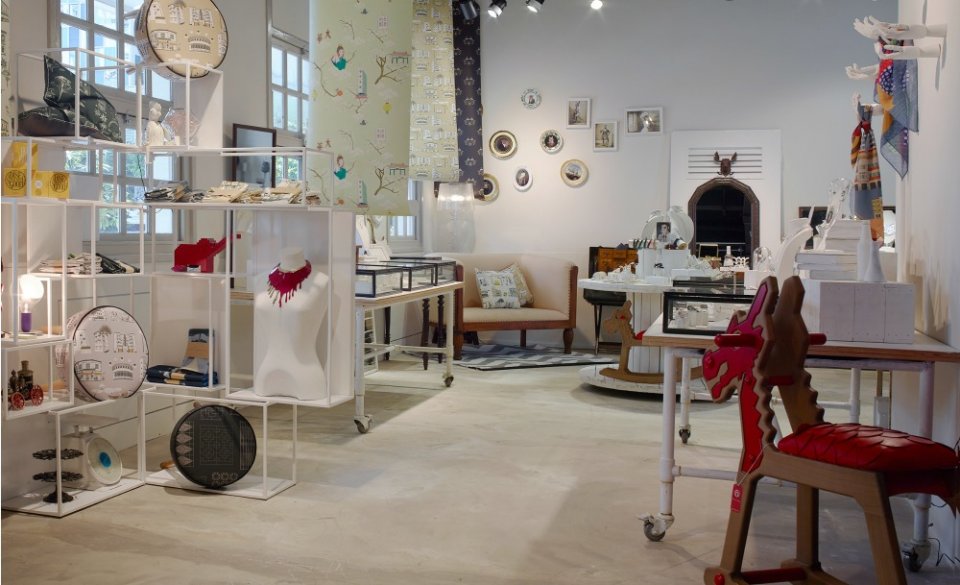 Keepers
Keepers
“Banding together as a collective has helped spotlight Singapore designers, artists and artisans in a way that we could never have managed individually.” says Carolyn Kan, founder and creative director of Keepers, a multi-label fashion boutique that has launched a permanent space at the National Design Centre after a 16-month pop-up at Orchard Green. “We also pool resources to help create awareness, drive traffic and run joint events. Whenever we plan to launch a new theme through events, we spotlight suitable partners and the partners in turn, promote the event to their base.”
7. Change your strategy if you have to
To stay relevant, work with the realistic expectation that nothing is set in stone—keeping up with trends and changes in consumer behavior is key, and that means changing your product strategy if you have to. Suraj Melwani, who moved on from owning multi-label boutique Know It Nothing at Haji Lane a few years ago to focusing on producing quality basic menswear now, says, “We used to have a lot of great independent brands from the US in 2010 but people were just not buying them anymore. When I wanted to pivot and go for a product that was more approachable, I was met with backlash from my co-workers. Nobody knows the business like you do, so drive it forward because of your own savvy, not from folks who are completely detached from the finances of the business. If you listen to people, listen to those who have sound judgement and financial knowledge. That will help you avoid turning the business into a vanity project.”




